Pressure vessels are critical in industries ranging from energy and manufacturing to food processing and aerospace. Their ability to safely contain gases and liquids under high pressure makes them indispensable, but also risky if they fail. Even if a small leak can lead to catastrophic consequences, including workplace accidents, equipment damage, and financial loss.
This is why rigorous testing is essential. Among the most reliable techniques, the hydrostatic leak test stands out as a trusted way to validate the strength and safety of pressure vessels.
What Is a Hydrostatic Leak Test?
At its core, a hydrostatic leak test involves filling a pressure vessel with water or another incompressible liquid, then pressurizing it to a level higher than its normal operating pressure. The purpose is twofold:
- Detect Leaks: If water seeps through joints, seams, or cracks, it reveals weak spots in the vessel.
- Verify Strength: By pushing the vessel beyond normal limits, engineers can confirm that it can withstand operational demands safely.
Unlike gas testing, water is used because it poses far less danger if something goes wrong. This makes hydrostatic testing one of the safest and most practical methods available.
Benefits of Hydrostatic Leak Testing
The hydrostatic leak test offers a range of benefits that go beyond just compliance:
- Enhanced Safety: Prevents catastrophic failures before they happen.
- Regulatory Compliance: Meets stringent industry codes and standards.
- Cost Savings: Detects issues early, preventing expensive downtime or repairs.
- Peace of Mind: Operators can trust their equipment under real-world conditions.
This balance of safety, compliance, and efficiency is why hydrostatic testing is widely adopted across industries.
How Hydrostatic Leak Tests Are Performed
The process of conducting a hydrostatic leak test is systemic but varies depending on vessel design and industry requirements. Generally, it includes:
- Preparation: The vessel is cleaned and sealed.
- Filling: The vessel is filled with water or another liquid.
- Pressurization: Pressure is gradually increased, usually above normal operating levels.
- Inspection: Engineers look for leaks, pressure drops, or visible deformation.
- Documentation: Results are recorded to prove compliance with safety regulations.
By stimulating real-world conditions under controlled settings, hydrostatic testing provides confidence that vessels are up to the task.
Common Applications Across Industries
Hydrostatic testing isn’t just for heavy industry. It plays a role across many fields:
- Oil and Gas: Pipelines, tanks, and offshore structures.
- Manufacturing: Boilers, cylinders, and compressed air systems.
- Aerospace: Fuel tanks and pressurized components.
- Food and Beverage: Processing systems that must meet hygiene and safety standards.
Regardless of industry, the principle is the same: preventing leaks and failures before they become dangerous.
Why Consistency Matters in Testing
A single test isn’t enough to guarantee long-term reliability. Equipment undergoes stress, wear, and environmental factors that can lead to new weaknesses over time. Regular hydrostatic testing ensures that vessels remain compliant and safe throughout their lifecycle.
In other words, it’s not just about passing an inspection. It’s about creating a culture of safety and reliability within your organization.
AHE Automation: A Reliable Hydrostatic Leak Test
When it comes to precision engineering and safety, having the right partner makes all the difference. AHE Automation specializes in designing and building custom hydraulic press and automation systems, offering solutions that meet the highest standards of reliability and performance.
Our expertise extends to advanced testing applications, ensuring that every project benefits from decades of knowledge and innovation. With a focus on safety, efficiency, and customer support, AHE Automation helps companies stay ahead of compliance while keeping operations running smoothly.
Ensure your systems meet the highest safety standards. Contact us at AHE Automation today to learn more,
